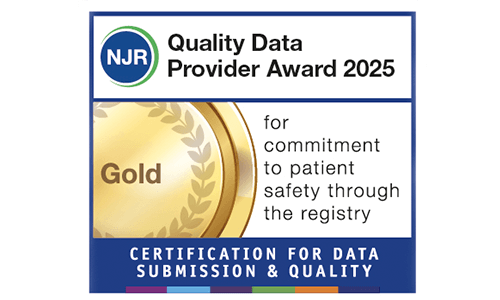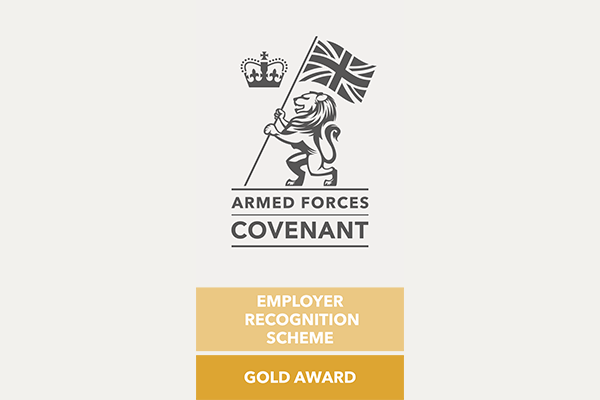Foot and Ankle Surgery Specialists at Ashtead Hospital
-
Mr Mohammed Al-Maiyah
Orthopaedics
Mr Mohammed Al-Maiyah is a Consultant Orthopaedic Surgeon who specialises in Foot and Ankle Surgery
View Profile -
Mr Ian Gill
Orthopaedics
Mr Ian Gill is a Consultant Orthopaedic Surgeon in Ashtead, Surrey who specialises in foot and ankle treatments.
View Profile -
Mr Paul Hamilton
Orthopaedics
Mr Paul Hamilton FRCS (Tr & Orth) is a Consultant Orthopaedic surgeon specialising in all adult foot and ankle surgery and trauma surgery.
View Profile -
Mr Kumar Kunasingam
Orthopaedics
Mr Kumar Kunasingam is a Consultant Orthopaedic Surgeon in Surrey, who specialises in foot and ankle conditions
View Profile -
Mr Dominic Nielsen
Orthopaedics
Mr Dominic Nielsen is a Consultant Orthopaedic Surgeon at Ashtead Hospital in Surrey who specialises in foot and ankle surgery.
View Profile -
Mr Sohail Yousaf
Orthopaedics
Mr Sohail Yousaf is a Consultant Orthopaedic Surgeon in Surrey who specialises in foot and ankle surgery
View Profile


